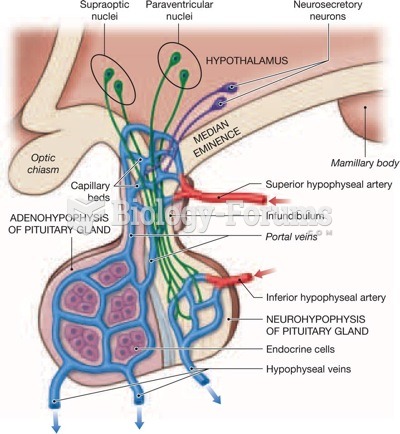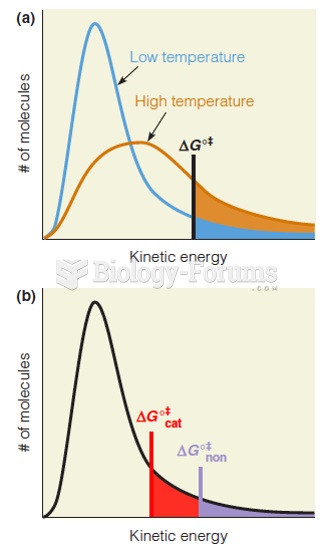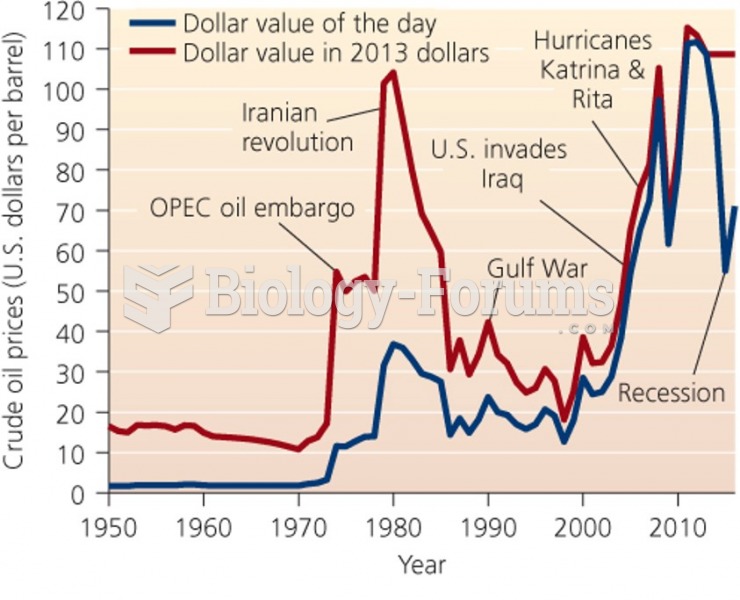Automatic stabilizers refer to
A) changes in the money supply and interest rates that are intended to achieve macroeconomic policy objectives.
B) the money supply and interest rates that automatically increase or decrease along with the business cycle.
C) changes in federal taxes and purchases that are intended to achieve macroeconomic policy objectives.
D) government spending and taxes that automatically increase or decrease along with the business cycle.
Question 2
Measures of poverty (for example, the poverty line) and the distribution of income (for example, the Lorenz curve and the Gini coefficient) are misleading for which of the following two reasons?
A) First, these measures fail to include the income U.S. citizens earn working for foreign firms that have operations located in the United States. Second, these measures fail to include income foreign citizens earn working for U.S. firms that have operations in foreign countries.
B) First, these measures do not take into account income mobility over time. Second, these measures ignore the effects of government programs meant to reduce poverty.
C) First, none of these measures are adjusted for inflation. Second, they do not measure income on a per capita basis.
D) First, these measures fail to include dividend and interest income earned on stocks and bonds. Second, these measures fail to include the value of goods and services citizens make for their own consumption that are not sold in markets.







